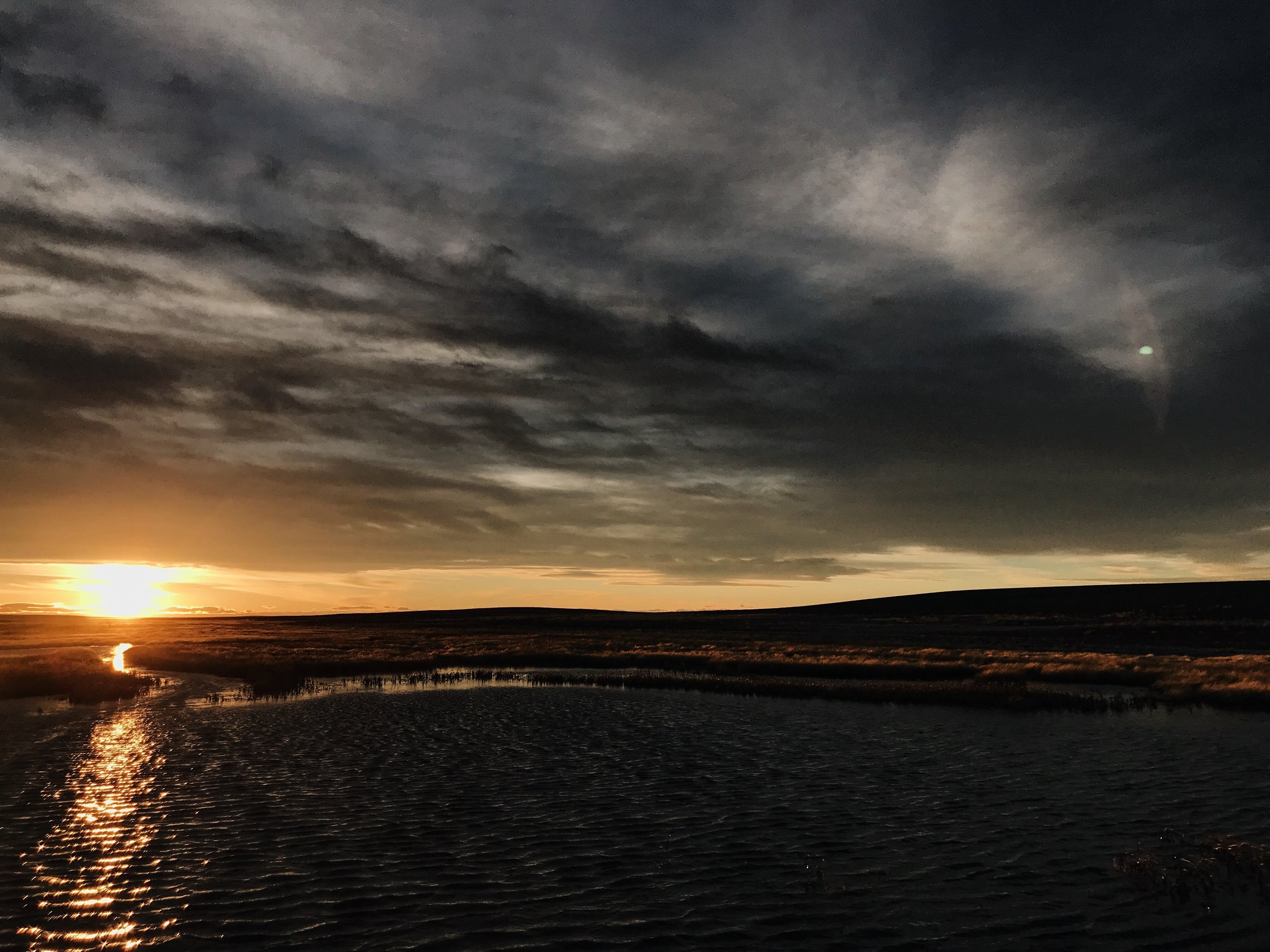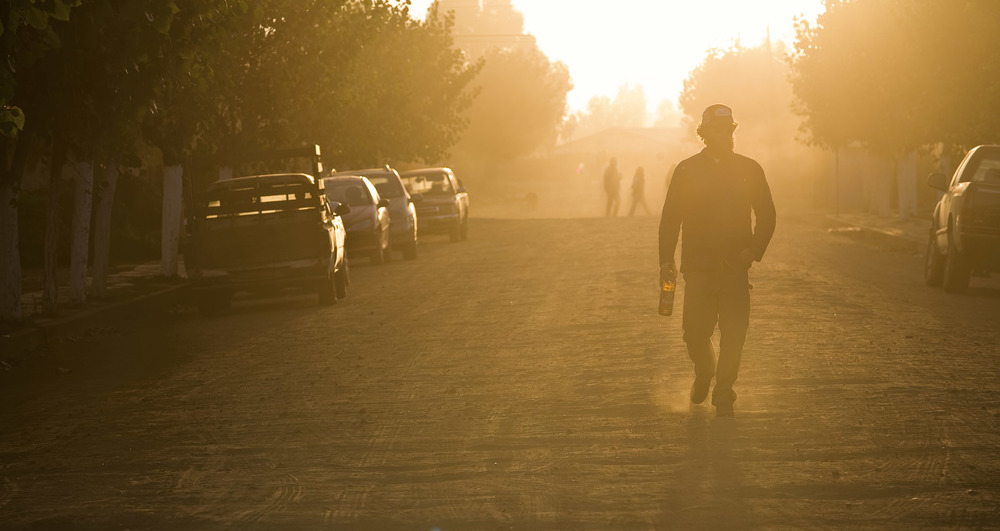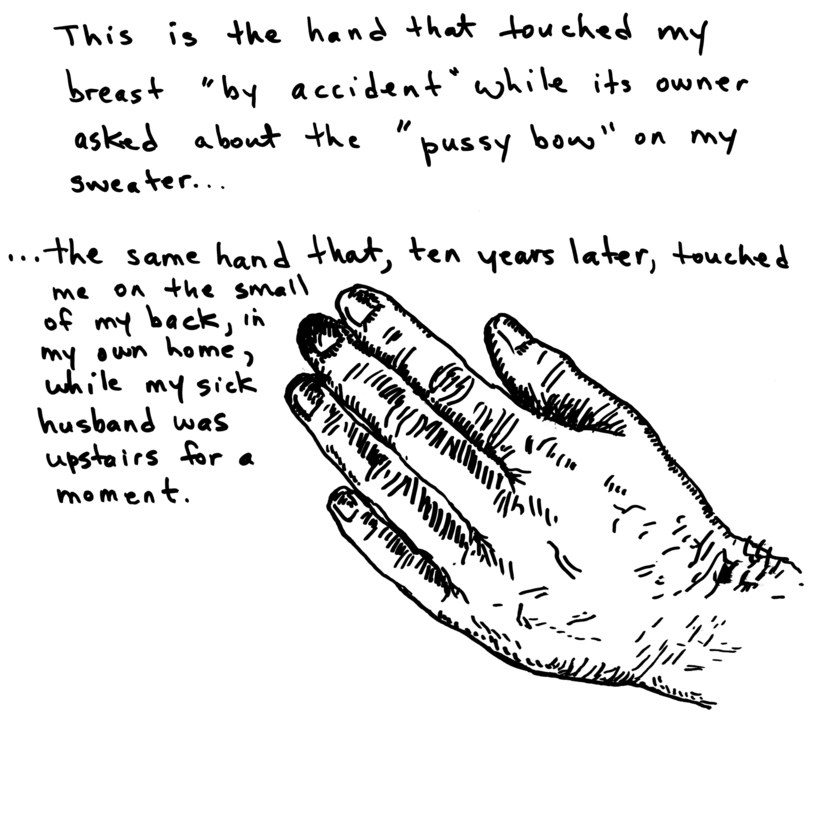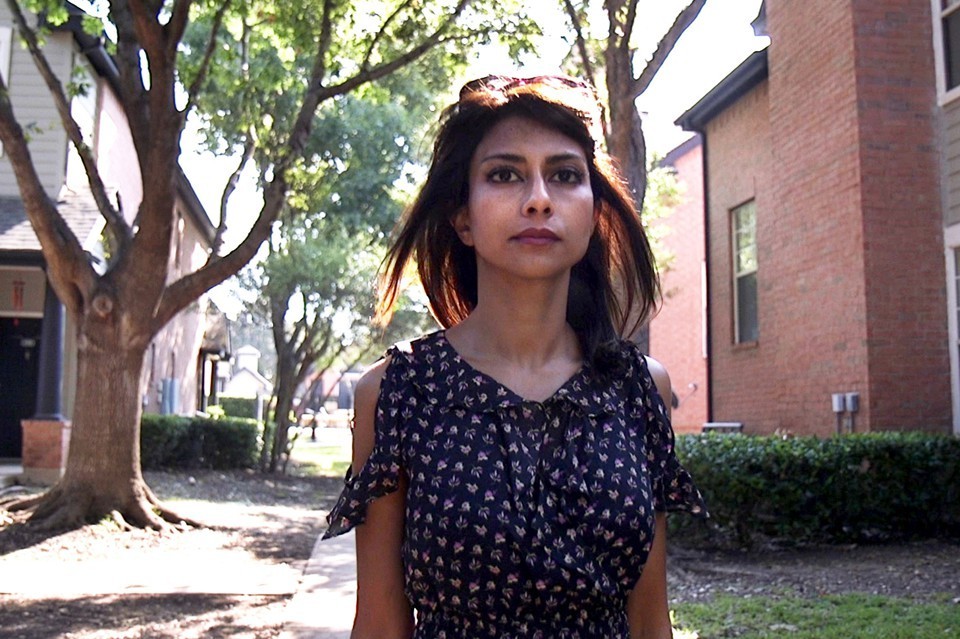The video description in the following film is, I think, a bit unfair. But also a bit poignant. Because "A social worker has the worst day of his life. Then, a homeless man shows him what 'bad' really is" isn't really what this short story is about. But it is, it seems, what we’re about.
This is not a short clip that asks us to be grateful for what we have or to look on the bright side of a bad day because it could be fantastically worse, but that’s exactly how it is advertised. And it shows the narrow mindedness, the shallowness, of how we often view life: as only compared to ourselves, to what we know, to what we’ve experienced.
This film, rather, asks us to consider that the lives and decisions and present circumstances of others might be, and are, probably, beyond our simple and sheltered understanding.
A few summers ago, I was fortunate enough to take a class over a long week in Hawaii. Just outside the University, several homeless men and women would often gather and talk and ask for simple handouts. Several of my classmates shared thoughts and attitudes much like the social worker above.
Them we met Billy D Godwin and struck up a conversation about art.
Billy D was an artist who studied at the University of California Berkley, married young, and lived a normal American life. Until his daughter was murdered by her boyfriend. “I came to Hawaii ten years ago so I could heal,” he said, “and to pray. I pray for [her boyfriend] everyday.”
Of course we are going to judge, of course we are going to make simple assumptions and hold to our deeply rooted yet shallow stereotypes - and I’m not so sure that that is the problem.
It’s what do we do when these stereotypes challenged. It’s how we respond when someone sits in front of us with stories much more complex, much more human, than we’ve previously allowed.
And it’s how we engage and interpret and pursue the many faces we will encounter in the future.
Will we listen? Be curious? And allow for a possible change in understanding?
Or will we simple be grateful that at least our lives aren’t that bad?
For more on . . .
-N- Stuff : Stories from the streets of Hawaii : Real stories of real people
BE SURE TO SCROLL DOWN AND SUBSCRIBE - THANKS FOR READING!







































